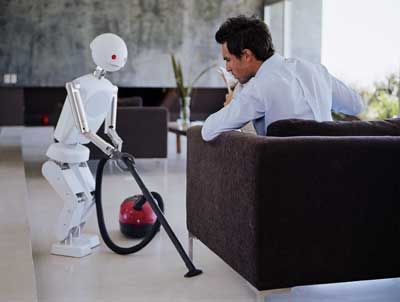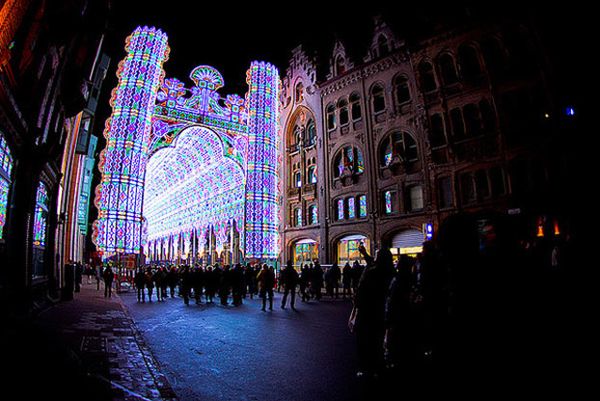A fluorescent light does not have the usual glowing filament of an incandescent bulb, but instead contains a mercury vapor that gives off ultraviolet light when ionized. The ultraviolet light makes particles that coat the inside of the tube, and these particles glow or fluoresce (see How Fluorescent Lamps Work for details).
Fluorescent starters are used in several types of fluorescent lights. The starter is there to help the lamp light. When voltage is applied to the fluorescent lamp, here's what happens:
Advertisement
- The starter (which is simply a timed switch) allows current to flow through the filaments at the ends of the tube.
- The current causes the starter's contacts to heat up and open, thus interrupting the flow of current. The tube lights.
- Since the lighted fluorescent tube has a low resistance, the ballast now serves as a current limiter.
When you turn on a fluorescent tube, the starter is a closed switch. The filaments at the ends of the tube are heated by electricity, and they create a cloud of electrons inside the tube. The fluorescent starter is a time-delay switch that opens after a second or two. When it opens, the voltage across the tube allows a stream of electrons to flow across the tube and ionize the mercury vapor.
Without the starter, a steady stream of electrons is never created between the two filaments, and the lamp flickers. Without the ballast, the arc is a short circuit between the filaments, and this short circuit contains a lot of current. The current either vaporizes the filaments or causes the bulb to explode.
According to Sam's F-Lamp FAQ:
The glow tube incorporates a switch which is normally open. When power is applied, a glow discharge takes place which heats a bimetal contact. A second or so later, the contacts close and provide current to the fluorescent filaments. Since the glow is extinguished, there is no longer any heating of the bimetal and the contacts open. The inductive kick generated at the instant of opening triggers the main discharge in the fluorescent tube. If the contacts open at a bad time, there isn't enough inductive kick and the process repeats.
Advertisement


